by Wallace Wyss –
If you look at a picture of say, Times Square in the 1920s you see lots of cars with body styles that have disappeared. I am not talking about the entire body shape, I am talking just bout the roof configurations. We have lost two once important body styles and yet no one seems to miss them.
One body style is the landaulet, also spelled landaulette. That is where the front part of the roof remains fixed in place and the rear of the roof is a convertible top that folds down. I think in the 1920s there were even landaulets where the front part of the roof opened as well leaving only a solid center section. I think those died off in the 1920s for the most part.
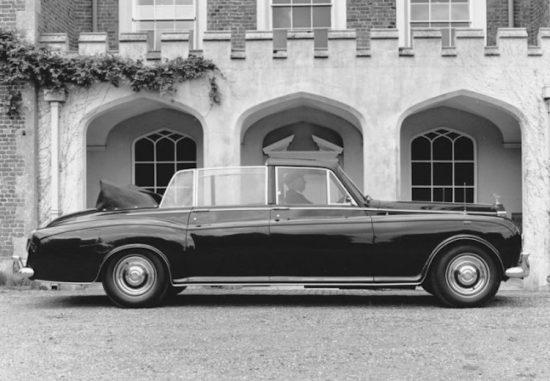
The Phantom V offered a laundaulette version so the Queen (or whoever) oould be seen by her subjects. This looks like a Mulliner body. It was also offered in the Phantom VI.
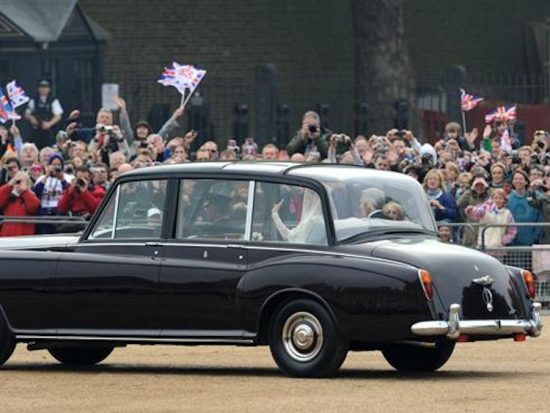
The Queen’s Phantom V had a bubble top for what had originally been an open area–the top probably not bulletproof, which is why decades later they have a Royal Bentley that Is a lot more protective, though this bubble roof version is probably still in the palace garage.
The last landaulettes I remember being produced in quantity postwar were the:
–Mercedes 600 Landaulet, of which only a handful were made on long wheelbase chassis
–Rolls Royce Phantom VI
They were usually ordered by kings, oil sheiks, dictators and, oh, we can’t forget the Queen of England whose Phantom has a plexiglass see-through roof covering the rear where the folding top would normally be.
There was a much lower priced landaulet made in England until the ‘70s, the Daimler DS420.
One of my favorite car pictures is a wedding transport company’s ad that shows a bride and groom peeking out the back of one of these, top down, as the happy couple are wafted away from the ceremony.
Mercedes actually brought back the landaulet in the Maybach but I think only a few were made and they might have been priced as high as $500,000 or more. Ironically their design was the cheaper type with the side window frames still fixed in place. The really ritzy ones, by my way of thinking, have no fixed side window frames in the rear, and the windows are retractable.
And Infiniti, in a brilliant PR move, saw an opportunity and had a Belgian firm build a one off landaulet for a Royal wedding in Monaco. But though millions saw the car on TV, I guess not a single order came in for one.
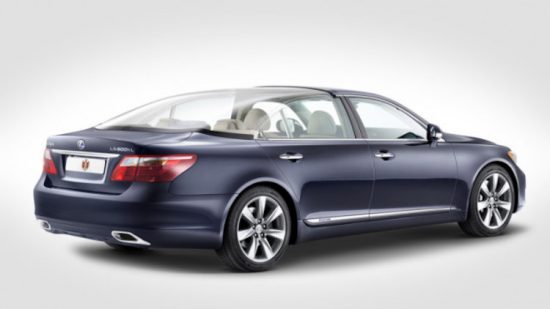
Nissan not only made a one off laundaulet for a Monaco wedding but added a removable bubble roof to the rear incase it rained (it didn’t)
I think one reason the landaulet hasn’t come back is that it is a reminder that there were/are separate and distinct social classes, something rarely mentioned in America. To have the chauffeur under the roof and the ritzy passengers being the only ones able to enjoy the sun is downright elitist, i.e. somehow classist.
We are an egalitarian country and we want the chauffeur to be able to enjoy the sun too, is that not true? And also one image I can’t get out of my mind is that my ol’ mum told me John D. Rockefeller rode in the back of his limo and threw out dimes to the peasants, and you might feel obligated to do likewise as you were chauffeured out in a laundaulette.
SEDANCA DE VILLE
Which brings us to the second body style that has disappeared- the four seater sedanca de ville which roughly translates to the “small sedan for the city” in which it is the opposite of the landaulet in that the front part, the driver’s compartment, is open to the sun and this time it is the passengers who are cocooned back in the rear, safe from prying eyes.
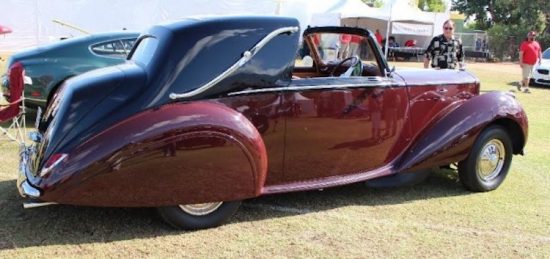
Somehow when they tried to bring sedancas back in the postwar era, they weren’t as grand, this on an early ’50s Bentley.
In the prewar designs, these frequently had very small rear windows, or even no rear ¾ windows for more privacy. Some even had the rear roof entirely walled off on the sides for real privacy, and I wager would induce claustrophobia.
I can remember when Harley Earl had a GM show car built for his traveling Motorama shows. They called it a “town car” but that Eldorado Brougham was using the name for the sedanca de villes that had four doors and an electric divider window between the front chauffeur’s compartment and the rear passenger compartment.
I really believe that Earl, who came from a wealthy West Coast family of custom coachbuilders, was blithely unaware that times had changed and Americans, even if they had the money, by the 1950s didn’t want to be seen in a chauffeur-driven car.
Now it’s a bit confusing to me why the chauffeur, in the Town Car, gets to enjoy the sun and not the passengers in the rear seat. I think that goes back to the days of carriages when the horse driver sat outside, enduring whatever weather nature threw at him, but it was his job to go tie up the horses, go in and out of the car, into the mud, etc. and the passengers didn’t want his dirt, snow etc. infiltrating the rear compartment. Plus I imagine the chauffeur being around horses there was an aroma the passengers didn’t want transferable to the back compartment.
Ironically, the last four seater with a non-T-top, completely open in front top that I can remember is the Toyota Supra which got to be a $40,000-plus car before it was discontinued. I don’t know if it was discontinued because it was way too expensive for a Toyota branded car or there was no demand for a two door, four seater sedanca.
Of all three body variations, I would say the sedanca de ville has a chance of coming back but not the landaulet or the Town Car.
I barn-found a coachbuilt 1939 Bentley 4 ½ recently that has the most delicious lines. The side of the rear portion of the roof looking pretty well “blind” for privacy, with the what would now be regarded as overly pretentious big non-folding “landau” irons along the blind sides, as if to give the impression that the top would fold.
Actually some pre-war cars using this design had this metal roof covered with fabric to further create that impression that the rear roof was a convertible. I was surprised a couple weeks after to see a ‘50s Bentley at the Desert Concorso in Palm Springs, much less elegant than the prewar one, as it was a smaller chassis, but still with an elegant sedanca roof.
So it is, I for one would like to see either style, the landaulet or the sedanca, come back as body styles but I think the landaulette is doomed to be never again be offered by an American automaker because it is too politically incorrect–too much of a reminder that there are 1-percenters lording it over us all– while the sedcanca de ville may have a fighting chance.
I really think Cadillac– if they really want to set themselves apart from Lincoln–ought to offer it. What say you?
Let us know what you think in the Comments.
THE AUTHOR: Wyss is celebrating the publication of his fourth Incredible Barn Finds book. All four can be ordered direct from the publisher Enthusiast Books at (715)381 9755.
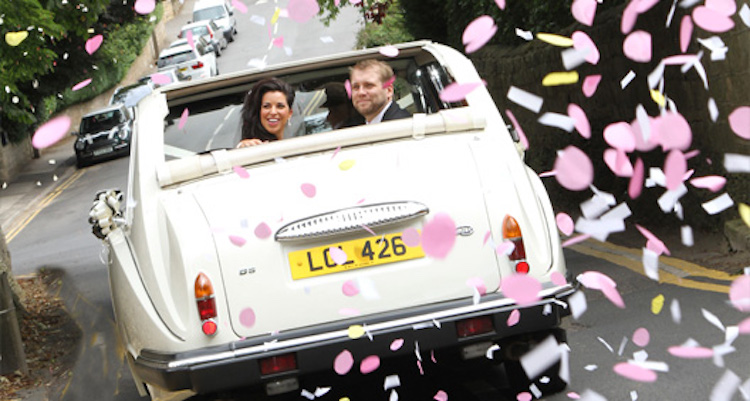
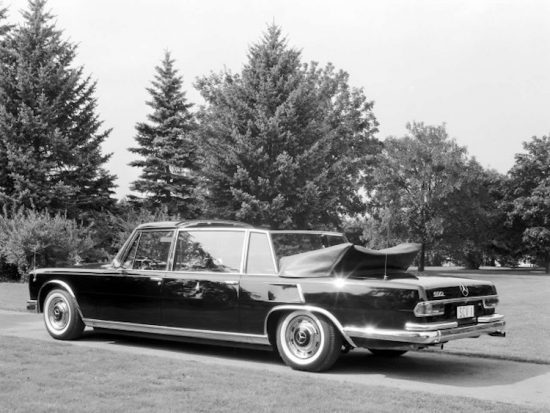
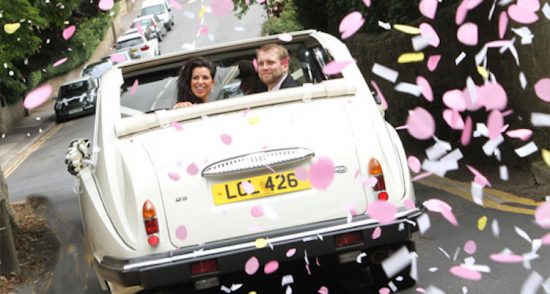
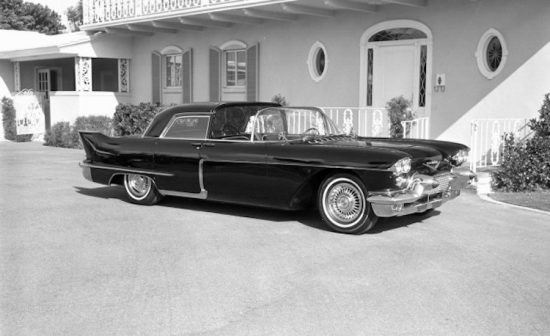
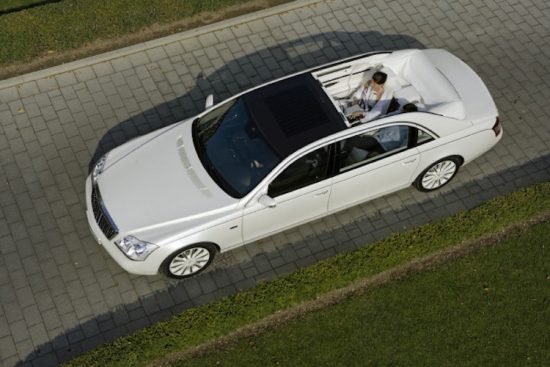
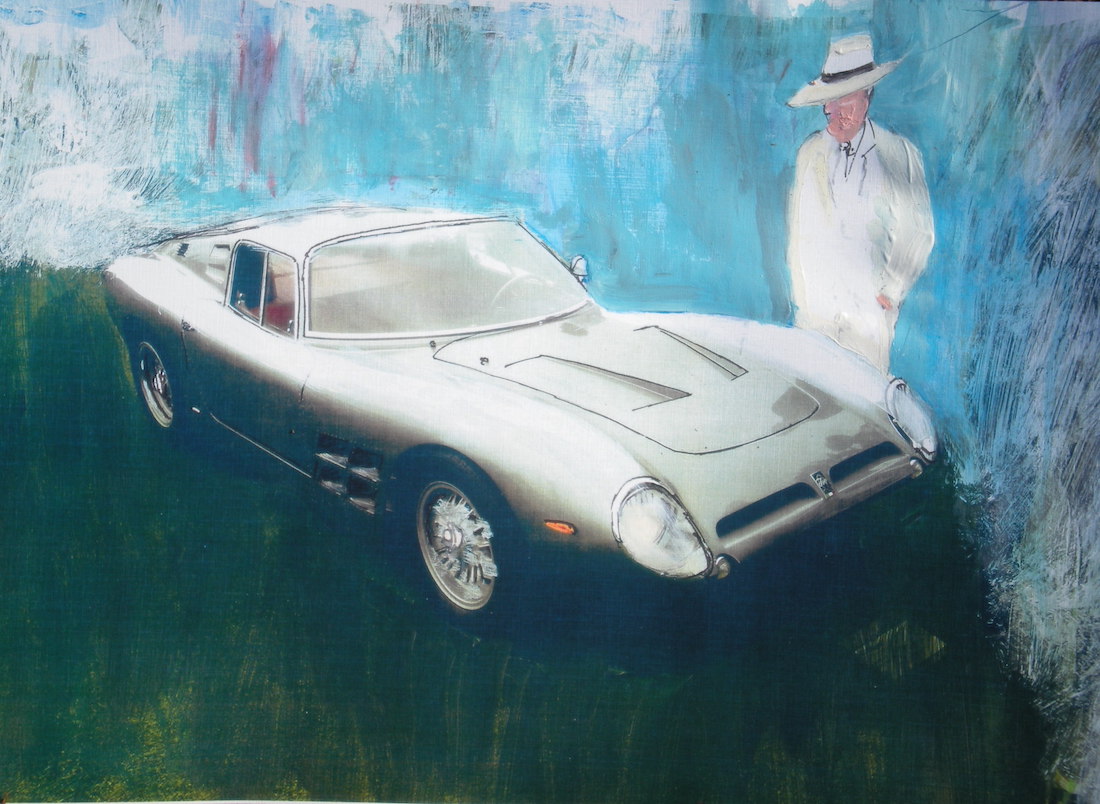

I don’t think it’s a pre war Gurney Nutting Bentley …..
Jack, A correction has been made.
I agree that the Sedanca Deville would be a wonderful addition to the Cadillac line. It would probably be limited to a few palm beach and West coast neighborhoods
It would be fun to rent though for a special occasion
Maybe the reason we no longer see them today, is they were unattractive then and still are today.
Speaking of landaulet, remember the mid-’60s T’Birds? ’64 06 had the bars and the wraparound solid top in back for a semi-private rear seat?
The worst of the egalitarian elitist of the snobs were the cars and coaches that enclosed the passengers and placed the driver in the open. Even in the earliest days of motor trucking had the driver out in the open, that sure showed who was the boss.
These open cars were called brougham’s the term was later bastardized by Detroit to describe trim packages. I think it was a evolution from stage coaches having the driver outside and the passengers inside.
Being able to hear is important , especially on a work site. I know when I operate heavy machinery I always like being in the open and if it’s a closed cab I pop the door open.
If you find yourselves vacationing in the northwest, the Northwest Carriage Museum in Raymond, Washington, is a wonderful place, although the motors were equine, rather than internal combustion. But the Bowmans, the hosts, are thorough in explaining the history, culture, and intent of the various roof styles Wallace writes of. Unfortunately, the shops where these historic carriages are restored, are off-site. Someday I hope to visit said shops!
Yes the basic designs did follow the horse-drawn wagons of the previous era, and men were men back then, and therefore could take the weather LOL.
Perhaps one day, but at my age not too promising., thanks.
I wonder if the Bowmans are related to the bowman dairy?
I think Raymond Zinn hit at what I suspect–we portray America as such an Egalitarian society we don’t want to drive cars that hint that there is still a class system, as a sedanca de ville does.In the UK where they rent those Daimler landaulets for weddings, the customers like looking like a “Queen for a day”